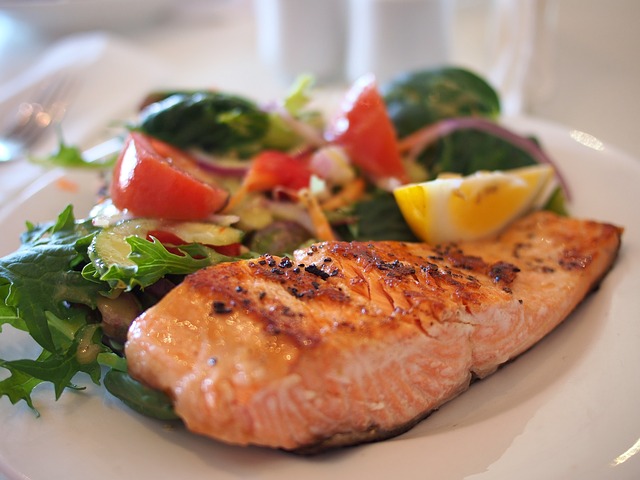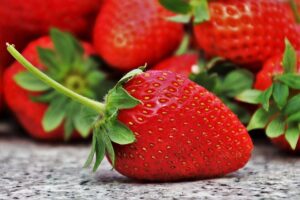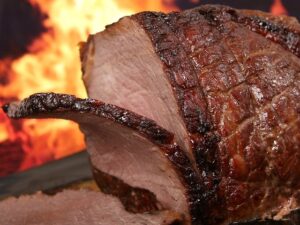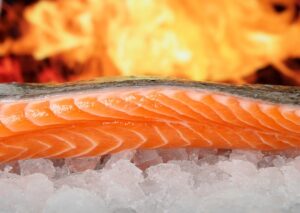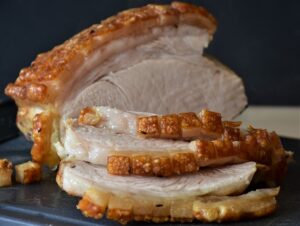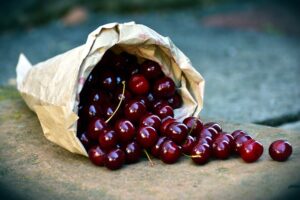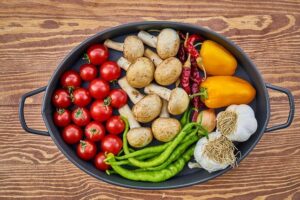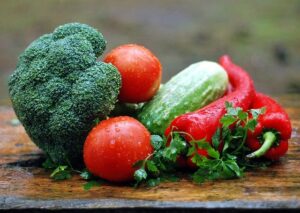Introduction
Carbohydrates are one of the essential macronutrients required by living organisms for energy production. They are made up of smaller units called monomers, which are the building blocks of carbohydrates. In this article, we will explore the monomers for carbohydrates and understand their significance in biological processes.
Monomers for Carbohydrates
Carbohydrates are composed of carbon, hydrogen, and oxygen atoms, with a general formula of (CH2O)n, where “n” represents the number of carbon atoms. The monomers for carbohydrates are known as monosaccharides, which are simple sugars. Monosaccharides are classified based on the number of carbon atoms they contain, typically ranging from three to seven.
The most well-known monosaccharides include glucose, fructose, and galactose. Glucose is the primary source of energy for cells and is often referred to as blood sugar. It is commonly found in fruits, vegetables, and honey. Fructose, on the other hand, is found in fruits and is the sweetest of all naturally occurring sugars. Galactose is less commonly found in nature but is present in dairy products.
Monosaccharides can exist in two forms: linear and ring structures. In aqueous solutions, monosaccharides predominantly exist in the ring form. The ring structure is formed when a hydroxyl group (-OH) from one end of the linear structure reacts with the carbonyl group (C=O) on the other end, resulting in a cyclic structure.
Disaccharides and Polysaccharides
Monosaccharides can join together through a process called dehydration synthesis or condensation reaction to form larger carbohydrate molecules. When two monosaccharides combine, they form a disaccharide. Some common disaccharides include sucrose, lactose, and maltose.
Sucrose, commonly known as table sugar, is composed of glucose and fructose. It is found in sugar cane, sugar beets, and various sweet fruits. Lactose, also known as milk sugar, is composed of glucose and galactose. It is found in milk and dairy products. Maltose, often referred to as malt sugar, is composed of two glucose molecules and is produced during the breakdown of starch.
Polysaccharides, on the other hand, are complex carbohydrates made up of many monosaccharide units. They serve as a storage form of energy and structural components in living organisms. Some examples of polysaccharides include starch, glycogen, and cellulose.
Starch is the primary storage form of glucose in plants. It consists of long chains of glucose molecules and is found in staple foods like potatoes, rice, and wheat. Glycogen, often referred to as animal starch, is the storage form of glucose in animals. It is primarily stored in the liver and muscles. Cellulose, on the other hand, is a structural polysaccharide found in the cell walls of plants. It provides rigidity and strength to plant cells.
Conclusion
In conclusion, the monomers for carbohydrates are monosaccharides, which are simple sugars. Glucose, fructose, and galactose are some of the common monosaccharides. These monosaccharides can combine to form disaccharides like sucrose, lactose, and maltose. Additionally, monosaccharides can join together to form complex carbohydrates known as polysaccharides, such as starch, glycogen, and cellulose. Understanding the monomers of carbohydrates is crucial in comprehending their role in energy production and structural support in living organisms.
References
– National Center for Biotechnology Information. (n.d.). Carbohydrates. Retrieved from https://www.ncbi.nlm.nih.gov/books/NBK22436/
– Berg, J. M., Tymoczko, J. L., & Gatto, G. J. (2018). Carbohydrates. In Biochemistry (8th ed.). Retrieved from https://www.ncbi.nlm.nih.gov/books/NBK22346/

